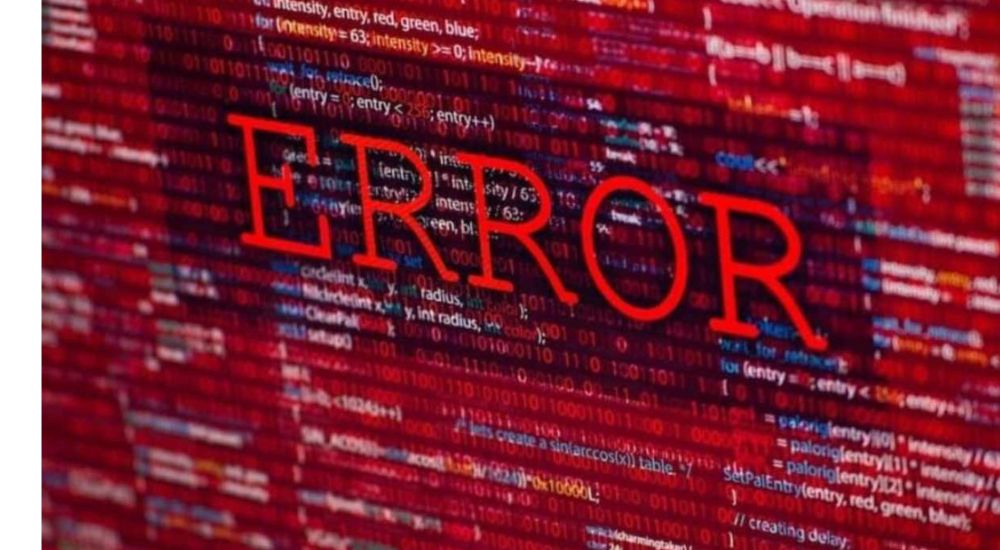Everyone makes silly mistakes nyt. But in the world of journalism, even a tiny error can lead to huge consequences. Often, what seems like a “silly mistake” can snowball into a major issue, especially when it comes from a reputable news outlet like the New York Times (NYT). So, what exactly happened that caused such a stir at the NYT? And why do such errors matter so much? Let’s dig into it.
The Incident: A Brief Overview
It all began with a simple slip-up. The New York Times, one of the world’s most respected newspapers, published an article that contained an error—an error that some might dismiss as “silly.” However, in the fast-paced and ever-critical world of media, no mistake goes unnoticed. The NYT was soon caught up in a whirlwind of criticism and public scrutiny.
The Role of Media in Society
The media, especially an institution like the New York Times, holds a significant position in society. It’s their job to deliver accurate, well-researched, and balanced news to the public. Readers trust outlets like the NYT to provide them with the truth. This trust takes years to build but can be lost in an instant—especially when mistakes, no matter how small, slip through the cracks.
The Specific “silly mistake nyt”
So, what was the mistake? It was a factual inaccuracy within a headline that misstated an important detail about an ongoing political story. While it may have been a small oversight, it was glaring enough to catch the attention of both the public and the political figures involved. The error was soon corrected, but the damage had already been done. In the world of journalism, speed and accuracy go hand in hand, and this time, the balance was off.
Immediate Repercussions
When news outlets make mistakes, the reactions are swift. Social media erupted with criticism, questioning the credibility of the NYT. Competitors in the media industry weren’t shy about pointing out the mistake, either. Internally, the NYT took immediate action, issuing a correction and apologizing for the error. However, the backlash showed just how quickly trust can be damaged in the public eye.
Why Such Mistakes Matter in Journalism
Some might wonder, why such a fuss over a “silly mistake nyt”? The answer lies in the role of journalism in our society. People depend on accurate reporting to form opinions and make informed decisions. Even a small error can plant seeds of doubt, eroding the trust that readers place in a media outlet. When it comes to journalism, precision is everything. A seemingly minor inaccuracy can affect how the entire story is perceived.
Corrective Measures Taken by NYT
To their credit, the New York Times didn’t try to sweep the mistake under the rug. They issued a public apology and took steps to ensure it wouldn’t happen again. Internally, this meant retraining staff and enhancing fact-checking protocols. Transparency is key when it comes to regaining trust, and the NYT knew they had to take responsibility for the error.
The Importance of Fact-Checking in Modern Media
Fact-checking is the backbone of journalism. With the speed at which news is produced today, errors can slip through the cracks. But taking the extra time to verify every fact is essential. News outlets like the NYT rely on a system of editors, researchers, and fact-checkers to ensure accuracy, but even then, mistakes can happen.
Digital Media and the Amplification of Errors
In today’s digital age, mistakes are amplified tenfold. Social media platforms like Twitter can turn a small error into a trending topic in minutes. This amplifies the consequences of a “silly mistake nyt,” making it a much bigger issue than it might have been in the past. The speed at which information travels today means that even a minor oversight can have far-reaching implications.
Historical Examples of Media Mistakes
The NYT is not alone in making silly mistakes nyt. Throughout history, several media outlets have faced similar issues. From misreporting election results to publishing inaccurate data, errors have been a part of journalism for as long as it has existed. However, with each mistake comes a lesson. The key is in how the outlet responds and grows from the experience.
The Thin Line between a “Silly” and a Serious Mistake
At what point does a small error become a serious problem? It’s a fine line that depends on context. A typo in a recipe article might be considered a “silly mistake nyt,” but a factual error in a political article could have serious consequences. The severity of the mistake often depends on the subject matter and the potential impact on readers. Despite the criticism, the New York Times has always been committed to upholding journalistic integrity. silly mistakes nyt, while unfortunate, offer an opportunity for growth. By addressing the error head-on and implementing changes, the NYT showed that they are dedicated to maintaining their reputation as a reliable news source.
How Readers Can Protect Themselves from Misinformation
Readers also play a role in preventing the spread of misinformation. It’s important to approach news with a critical eye and verify information from multiple sources. Trust, but verify—that’s the best way to ensure you’re getting accurate information. No matter how careful a news outlet is, silly mistakes nytare bound to happen. Journalists are human, after all. However, by prioritizing accuracy, transparency, and accountability, news organizations can minimize errors and maintain the trust of their audience.
Conclusion
The “silly mistake nyt” made by the New York Times was a reminder that even the most respected institutions are not immune to errors. However, it’s how these organizations handle their mistakes that truly defines their integrity. For the NYT, this was a learning moment—one that highlighted the importance of precision in journalism and the need for constant vigilance.
Read More interesting topic about bedroom
- Traceloans Revolutionizing the Way We Manage Loans
- The Ultimate Guide to Fintech on fin techzoom.com Everything You Need to Know
- Luther Social Media Maven Keezy.co Redefining Social Media Management
- 8129792139 A Number with Hidden Meaning or Mere Coincidence
- Decoding the Mystery of 6122483277 What Does It Really Mean













